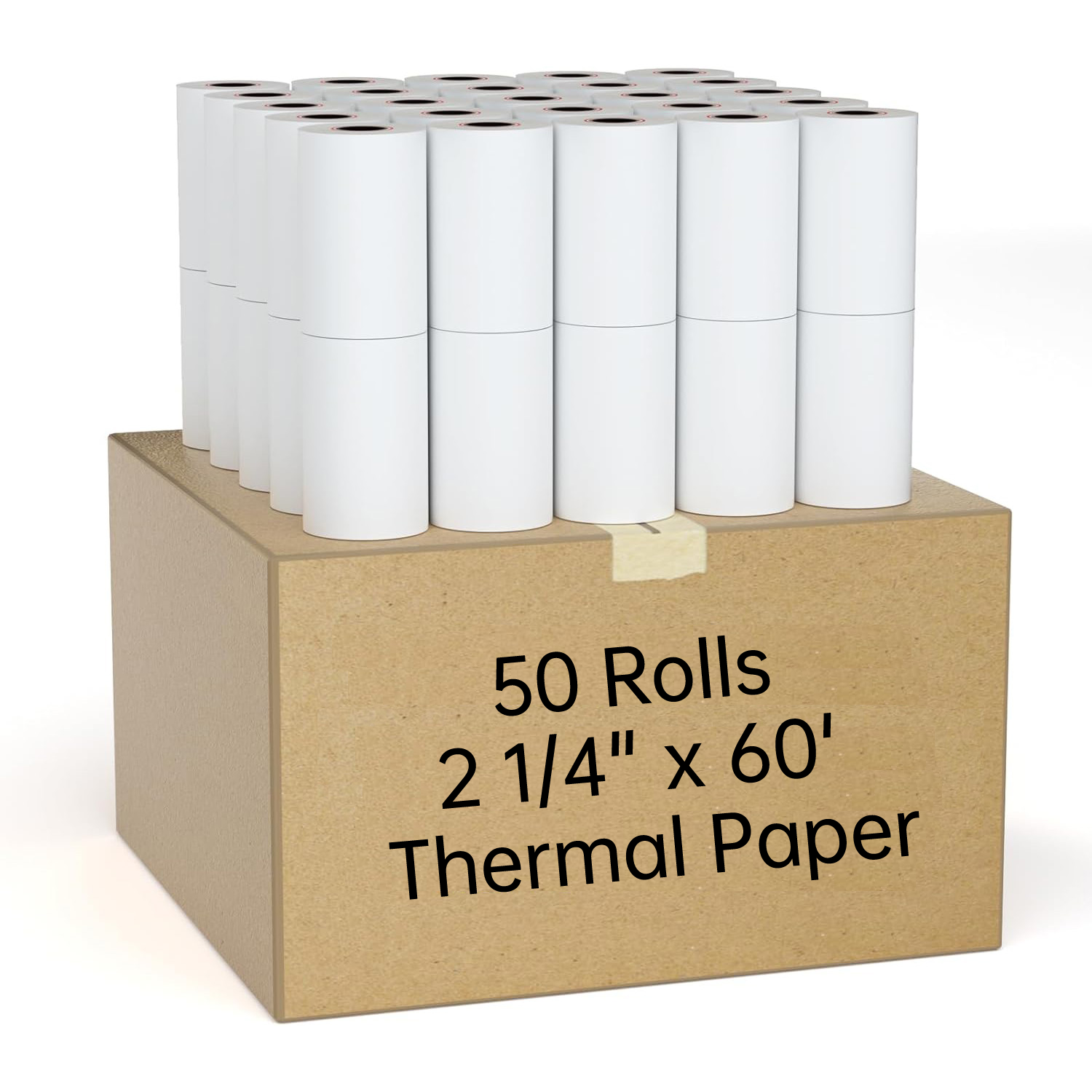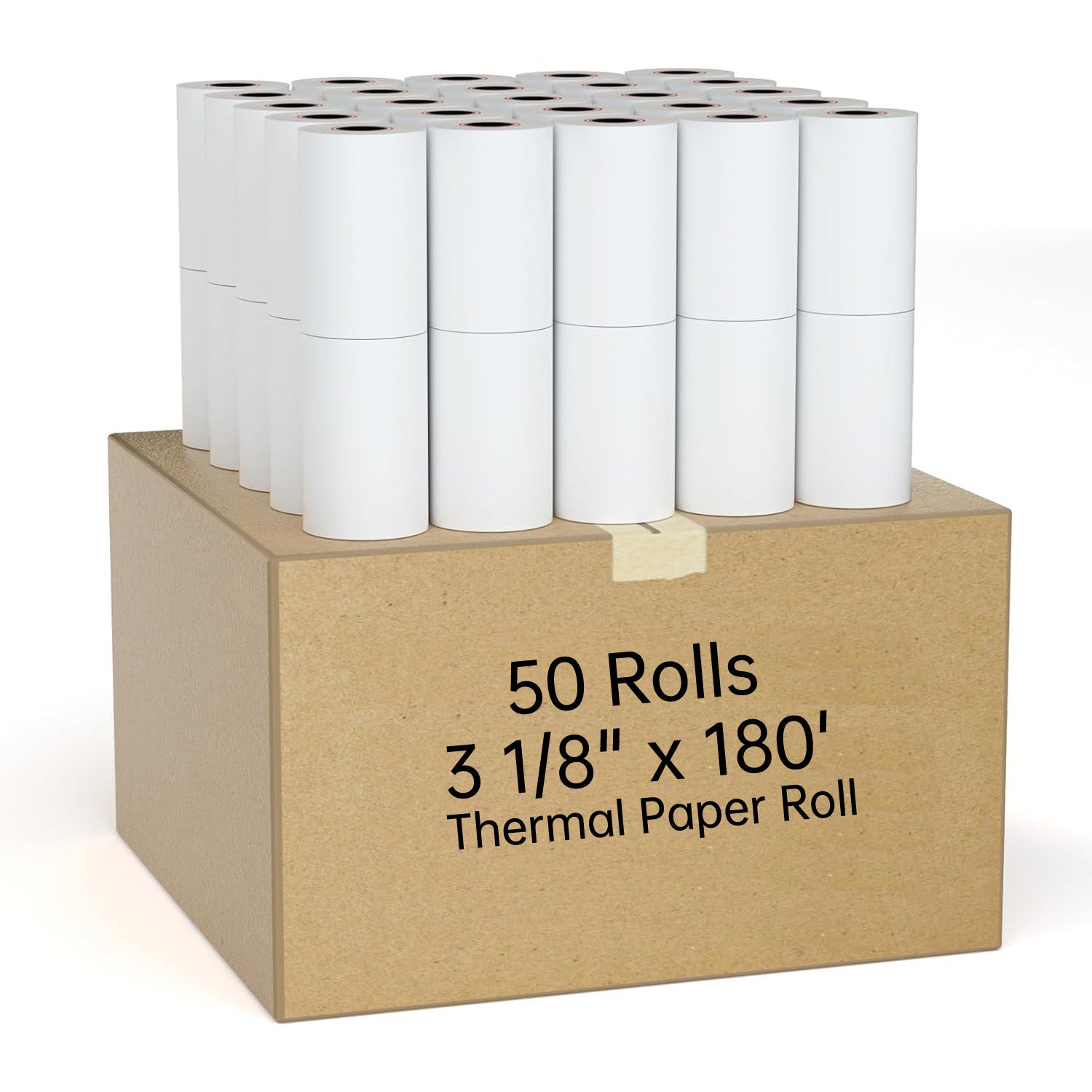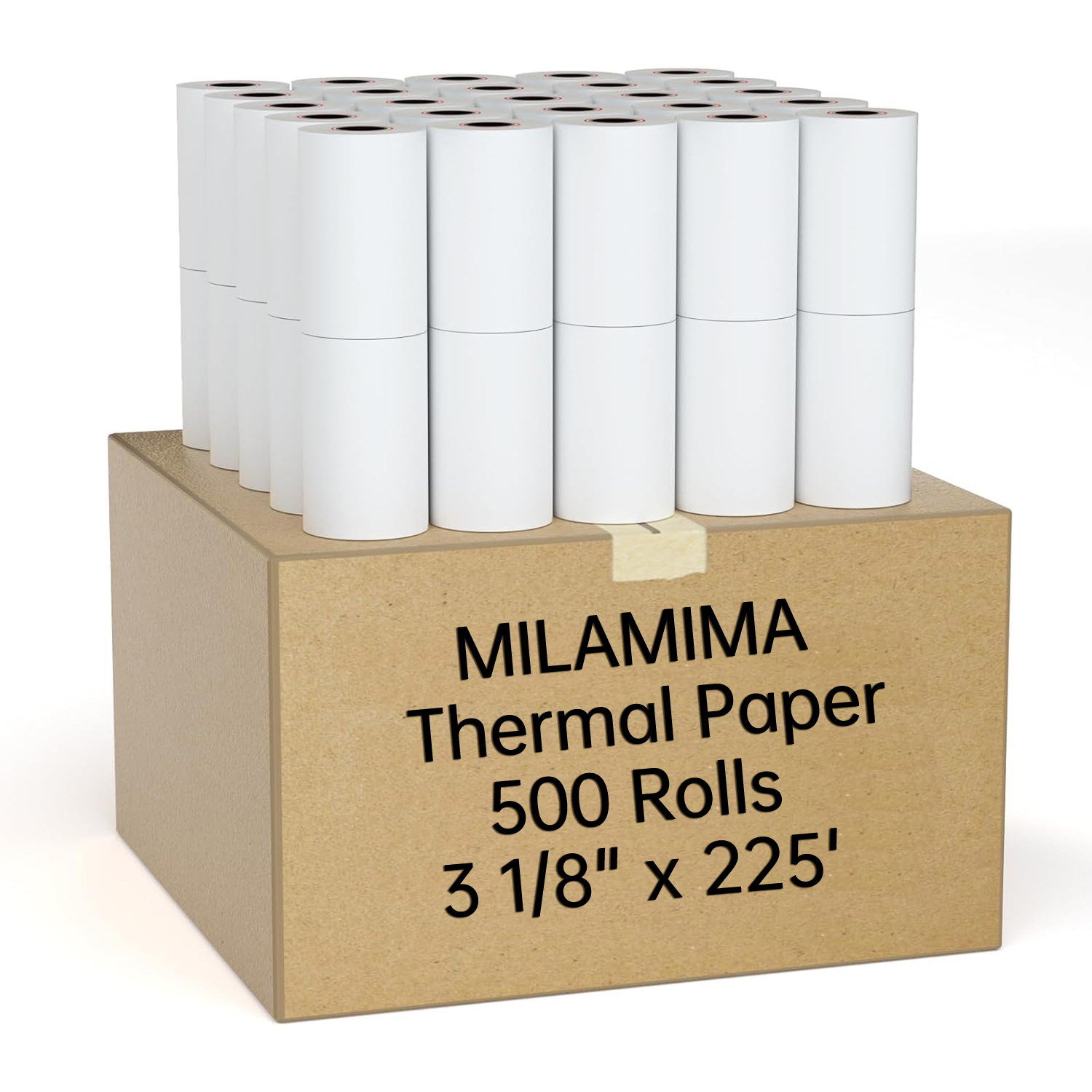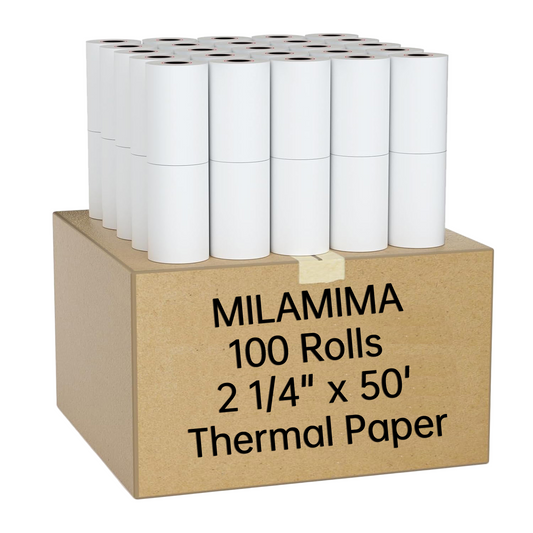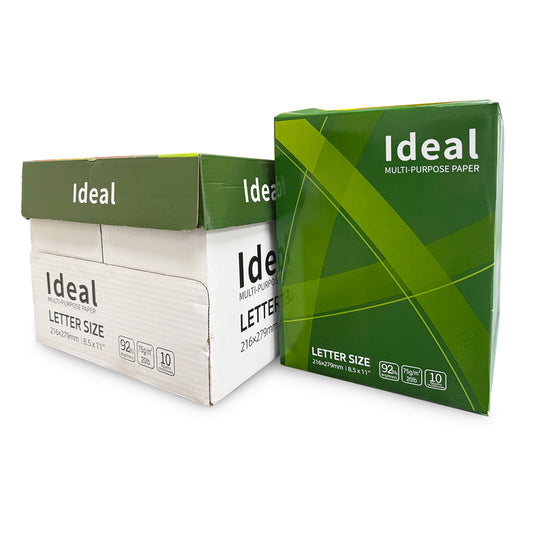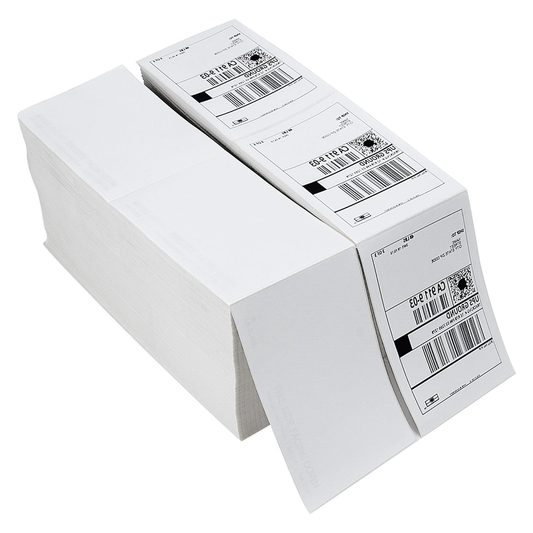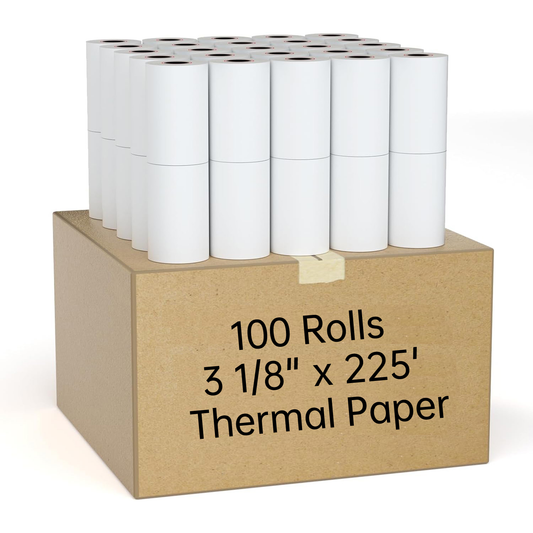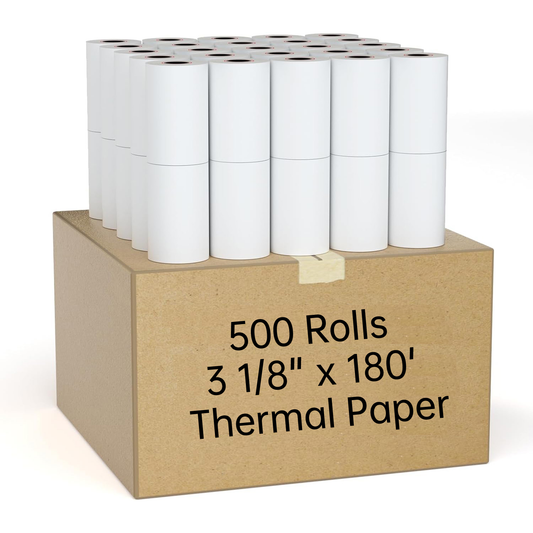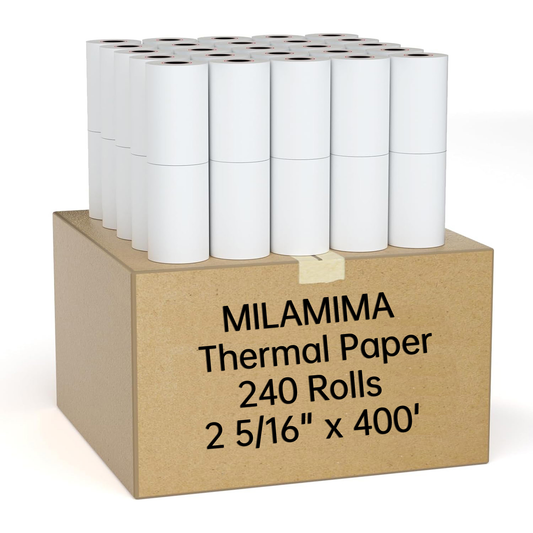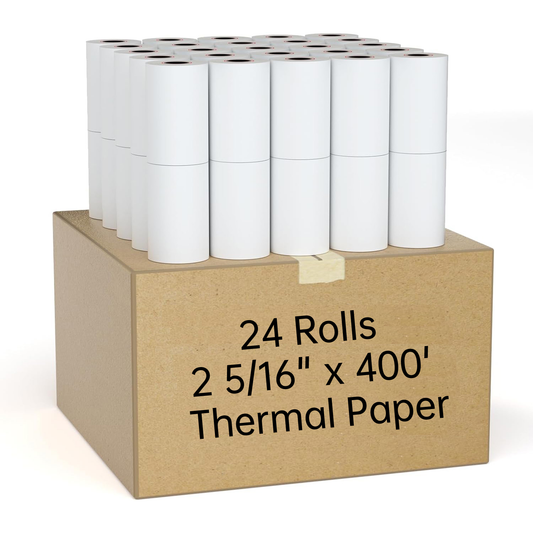Holiday rushes mean longer lines, stressed staff, and heavier reliance on your point-of-sale printers. A few simple preparations keep receipts printing, labels generating, and customers moving — which protects revenue and reduces stress.
Why POS printing matters more at peak times
When transaction volume spikes, a failed receipt printer or an unexpected roll-out of thermal paper causes immediate friction: slower checkouts, longer lines, abandoned sales, and extra work for staff. Preparing your POS printing systems in advance is one of the highest-ROI tasks you can do before a seasonal surge.
Pre-holiday checklist (do this 1–2 weeks before peak)
- Stock up on consumables: Thermal receipt rolls, label rolls, ink ribbons (if needed). Buy at least 25–50% extra over typical weekly usage for peak weeks.
- Test every printer: Run test prints for each device — receipts, credit terminal rolls, barcode label printers. Replace any that show fading, streaks, or slow feed.
- Update firmware & drivers: Ensure printers and terminals run the latest stable firmware/drivers to avoid compatibility surprises with your POS software.
- Check network & power: Verify Wi-Fi or Ethernet connections and label printer network stability. Consider UPS backup for critical POS stations.
- Prepare spare hardware: Keep at least one spare receipt printer and one spare label printer (or an external USB receipt printer) on hand if space/budget permits.
- Train staff on quick fixes: Paper jams, wrong paper type, printer offline — teach a 3–step fix for each so line staff can act fast.
- Print settings & paper size: Confirm default printer margins & paper sizes match your rolls to avoid cut-off receipts or truncated labels.
Smart consumable planning
Thermal paper types: Keep consistent GSM/width across terminals to avoid roll-fit issues. Common widths are 2¼" (57 mm) and 3¼" (80 mm).
How much extra to buy: Estimate your busiest week’s volume and add a 25–50% buffer. If unsure, track one busy day and multiply by projected busy days (or ask your supplier for typical peak usage guidance).
Storage tips: Store thermal paper away from direct sunlight and high humidity; extreme temperatures shorten shelf life and can make prints fade.
Quick troubleshooting cheatsheet for staff
- Printer offline: Check power, then network (Ethernet cable or Wi-Fi signal), then POS app printer selection.
- Blank or faded print: Replace thermal roll or ribbon. Also check print density settings in driver/POS.
- Paper jam: Open the case, remove offending paper, check feed path for debris, test print.
- Cutting issues: Check cutter for obstruction; some models have a cutter-clean routine in firmware.
- Label misalignment: Re-run printer head calibration from printer settings or the label software.
Put this cheatsheet on a laminated card at each POS for instant reference.
Network printers — extra considerations
Networked label printers make back-of-house printing efficient but add failure points. To reduce risk:
- Give critical printers a static IP address so POS systems always find them.
- Monitor printer status centrally (some POS platforms offer alerts).
- Segment printers onto a reliable network, ideally separate from guest Wi-Fi.
Backup plans that actually work
If a primary printer fails, you want a fast fallback. A good backup strategy:
- Hot-swap spare USB receipt printer at each register.
- Enable on-screen digital receipts so transactions can continue until printing is restored.
- Keep a manual credit-card imprint machine (if your region or business still supports it) or portable card reader as a last resort.
Speed & formatting tips to reduce print time
- Use compact receipt templates — fewer line items: subtotal, tax, payment & short item list with a "see email receipt" link.
- Disable high-resolution logos on receipts where speed is critical; logos slow down thermal printing.
- For long returns/receipts, print a short customer copy and a full store copy to save time at checkout.
Sustainability & customer experience
Consider offering email/text receipts as the default during busy times (with opt-in), or put up a sign: “Want to skip a paper receipt? Ask for an e-receipt!” This reduces paper demand and speeds lines while improving the customer experience.
Post-peak: analyze & improve
After the holiday rush, review:
- Which printers failed and why
- How much paper you used vs. what you stocked
- Which staff fixes worked and which training gaps remain
Use this data to update your pre-peak checklist for the next season.


